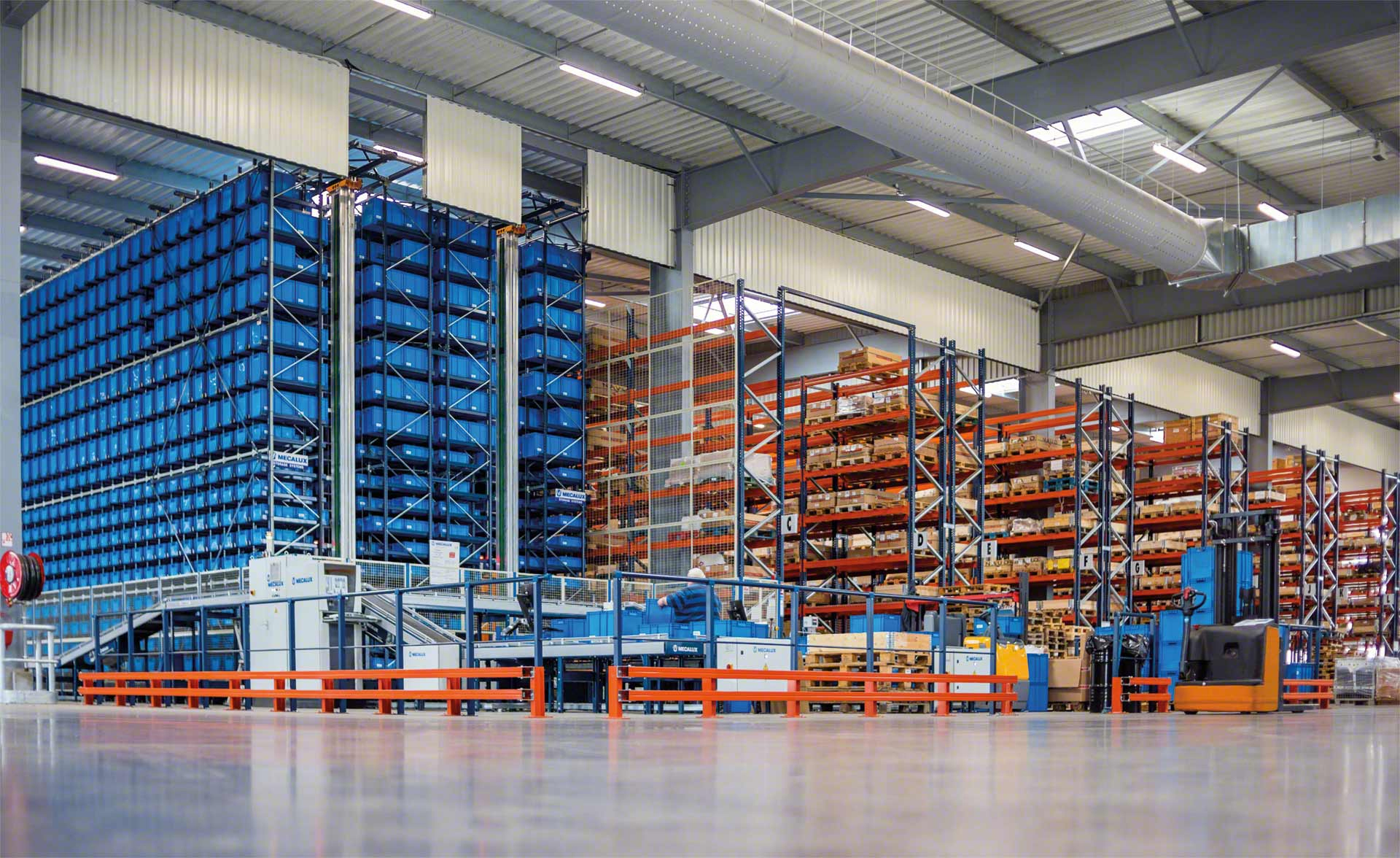Automation and robotics integration in the field of warehousing and storage redefine workplace safety and ergonomics, promoting effectiveness, wellbeing, and productivity in the sector.
Enhancing efficiency
Adopting automation and robots has a disruptive effect in the field of warehousing and storage, changing conventional operational paradigms. This subtopic explores the various ways that automated technologies, like conveyor belts, automated guided vehicles (AGVs), and robotic picking, effortlessly streamline operations while minimizing manual labor and maximizing the use of storage space. Warehouses become intelligent hubs by combining cutting-edge technology like the Internet of Things (IoT) and artificial intelligence (AI), enabling businesses to reach previously unheard-of levels of productivity. These innovative technologies promote an atmosphere of dynamic adaptability and save downtime by enabling real-time inventory tracking, efficient routing, and predictive maintenance. Businesses may unleash their real operational potential and quicken their pace toward unsurpassed efficiency in the warehousing and storage sector by combining automation, robots, and modern technologies.
Improving inventory management
This subtopic explores how automation and robotics have revolutionized inventory management procedures. Businesses can achieve unmatched precision in stock level monitoring and dramatically lower inconsistencies by deploying automated inventory tracking systems that make use of technology like RFID tagging, barcode scanning, and real-time data analytics. By enabling continuous synchronization between inventory data and actual stock, these cutting-edge systems reduce errors and guarantee effective supply chain operations. Furthermore, automation of essential inventory management functions including restocking, cycle counting, and order fulfillment is greatly aided by robotics. Businesses can obtain improved inventory accuracy, quicker order processing, and a decrease in out-of-stock situations by integrating robotic technologies smoothly into the warehouse environment. Businesses can better manage their inventory by utilizing automation and robots, which also helps them maximize the use of available storage space, cut expenses associated with carrying inventory, and ultimately offer customers with accurate and on-time delivery. Automation and robotics have sparked a revolution in inventory management that results in more efficient operations, happier customers, and more profits.
Enhancing safety and workplace ergonomics
This subtopic explores how automation and robotics have a substantial positive impact on workplace safety and ergonomics in warehousing and storage operations. The danger of injuries is greatly decreased by using robotic systems built especially for heavy lifting, material handling, and repetitive jobs, assuring improved worker safety and well-being. These robotic solutions take on the physically taxing portions of the job, freeing up human workers to concentrate on more complex, cognitively demanding duties. The incorporation of safety features like collision avoidance systems and ergonomic designs also protects workers by reducing the possibility of mishaps and musculoskeletal stress. Businesses can foster a work environment that fosters wellbeing, productivity, and job satisfaction by putting an emphasis on employee comfort and health. Automation and robotics deployment reduces physical dangers while also improving operational efficiency since personnel can work in safer environments, which decreases downtime and boosts productivity. Businesses can promote a culture of workplace safety and ergonomics through the convergence of automation, robotics, and safety measures, assuring the welfare of their employees while maximizing operational performance.


